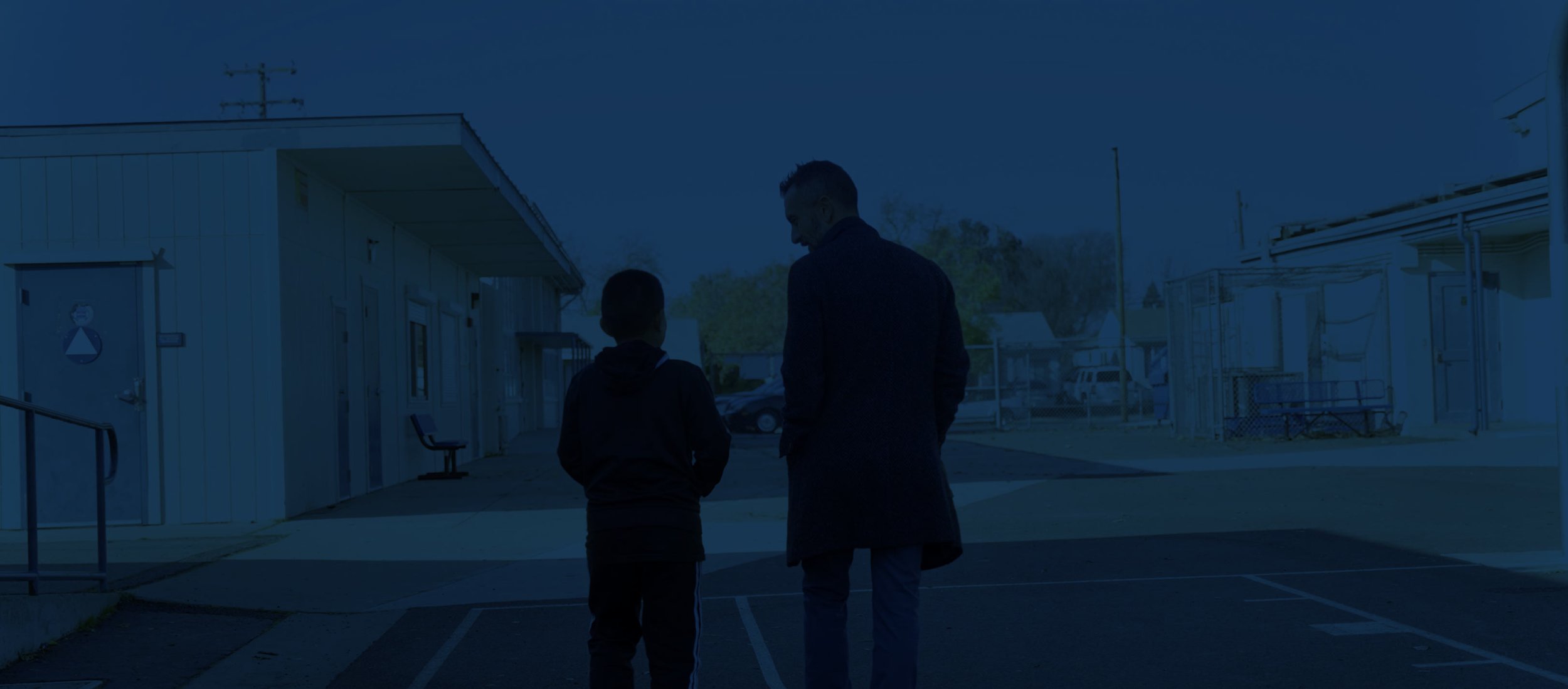
School Counselor Role
Implementation Phase
Training Resource Home > School Counselor > Implementation Phase
Phase Overview
In this phase, School Counselors will understand how to implement a transformative School-Based Mental Health and Wellness program that provides essential support for students, staff, and families. They will grasp the clear, actionable steps needed to integrate the program into their school community, ensuring a seamless process. By completing the outlined tasks, School Counselors will take significant steps toward building a stronger and healthier school environment.
Phase Goals/Objections
Guide the integration of the School-Based Mental Health and Wellness program into the school community using clear, actionable steps
Ensure that all students, staff, and families have access to necessary support for their well-being
Implement the outlined tasks to build a stronger, healthier school environment
Foster a supportive atmosphere that promotes mental health and wellness for the entire school community
Monitor and evaluate the impact of the program to continuously improve and meet the needs of the school
Meet & Support Orientation of Clinician(s) & Family Navigator
To support the clinician, begin with a general introduction and help them get familiar with the school site or campus. Assist in setting up their workspace or guiding them through designated wellness areas. Encourage relationship-building by connecting them with school staff, students, parents, and community partners, ensuring they integrate smoothly and feel like a valued member of the team.
-
• Conduct general introduction with Clinician and Family Navigator
• Support Clinician and Family Navigator in acclimating to school site/campus
• Support Clinician in setting up personal workspace and/or orienting to identified wellness space(s) at school/on campus
• Support Clinician and Family Navigator in building school relationships by encouraging/facilitating introductions with:
School education team
School support team
Students (in classroom setting and/or during non-learning time)
Parents
Community Partners
• Encourage/facilitate ongoing opportunities for integration and relationship-building supporting Clinician(s) and Family Navigator
Form Clinical Team (and other SCOE staff) Into Existing Clinical Team
Facilitate a role clarity meeting to help the clinical team better understand everyone's specific roles and responsibilities. Begin by discussing how team members can support one another and pinpointing unique ways the clinician can assist students in need. By clarifying the clinician's role in school operations—especially during crises—you'll foster alignment and prepare the team to respond effectively, helping everyone work more cohesively within the school environment.
-
• Participate in a role clarity meeting where topics include:
Discussion on each clinical member’s roles and responsibilities to ensure role clarity and prevent duplication of work
Identifying levels of support and how Clinician can provide additional support to students
Clarification on Clinician’s role in various school operations including crises

Establish COST Team and Meeting Schedule If Not In Existence
To set up a Coordination of Services Team (COST), start by getting familiar with the COST structure and its key components. Take a look at your current multidisciplinary meetings—like MTSS, PBIS, and IEPs—and see how you can weave in COST features. Next, identify the members who will make up the team, ensuring you have a diverse representation, and then establish a regular meeting schedule to keep the collaboration flowing.
-
• Learn about the Coordination of Services Team (COST) structure
• Identify how current multidisciplinary meetings (MTSS, PBIS, staff meetings, IEPs, 504s, SST, etc.) can integrate COST features
• Identify COST members
• Establish COST meeting schedule
Establish Referral Process
Review the ABC data, paying particular attention to high-needs students, as provided by the coordinator or principal. Next, take a look at the school’s existing referral processes to see if they are effective and functioning as intended. If you find that a universal referral process is needed, work on establishing one to ensure consistent support for all students.
-
• Review ABC data with focus on high needs students, provided by coordinator or Principal
• Explore school’s current referral processes if established
• Establish Universal Referral Process if needed






